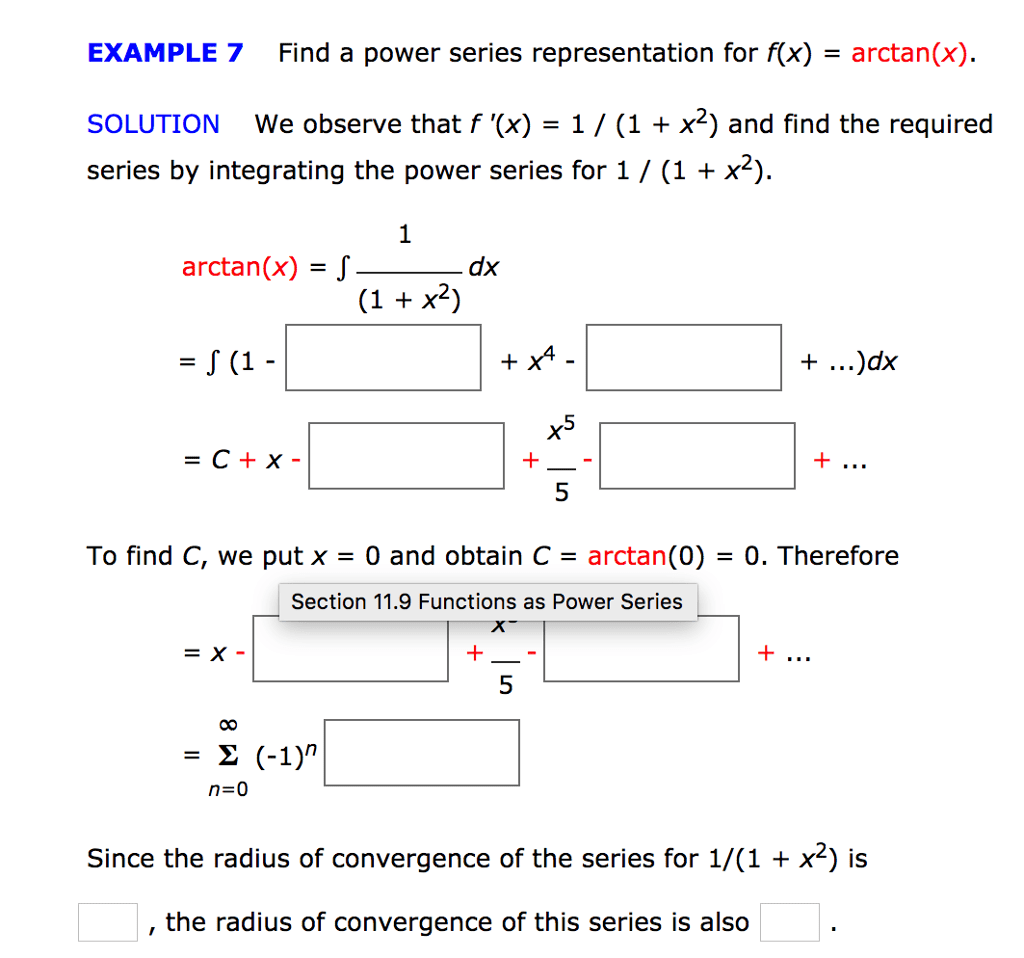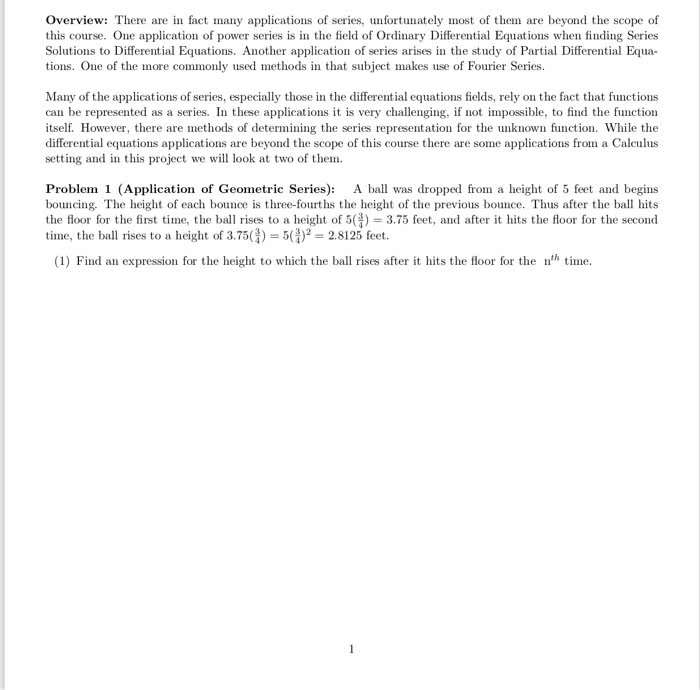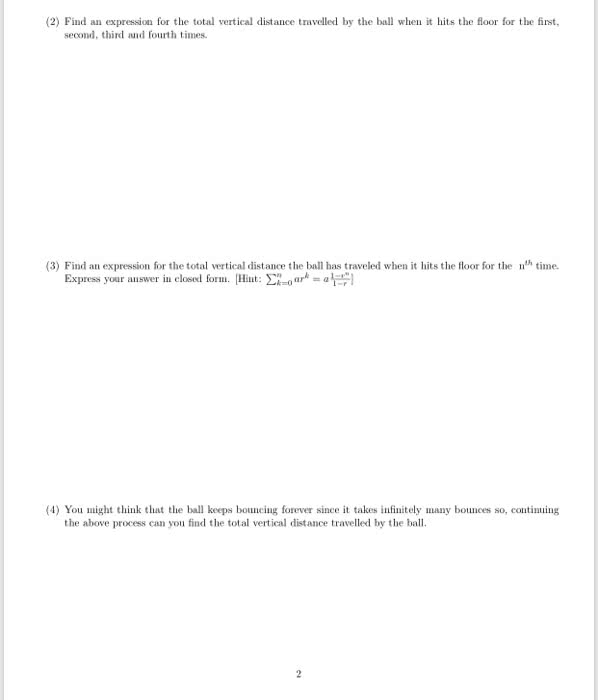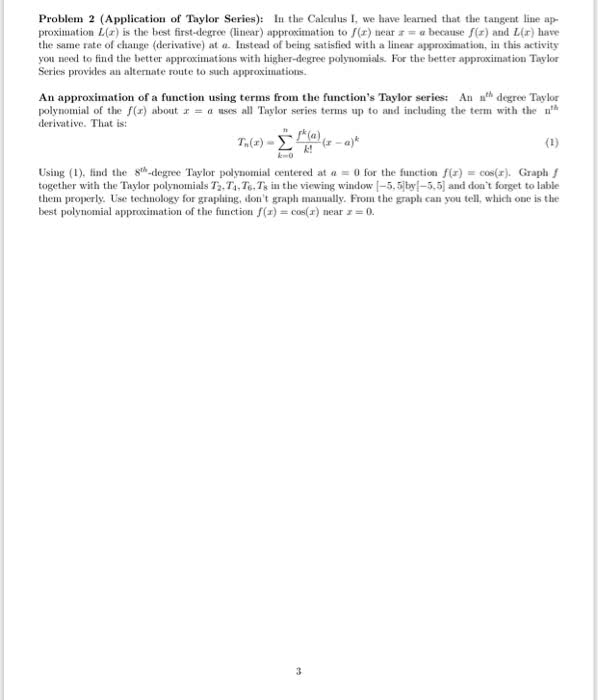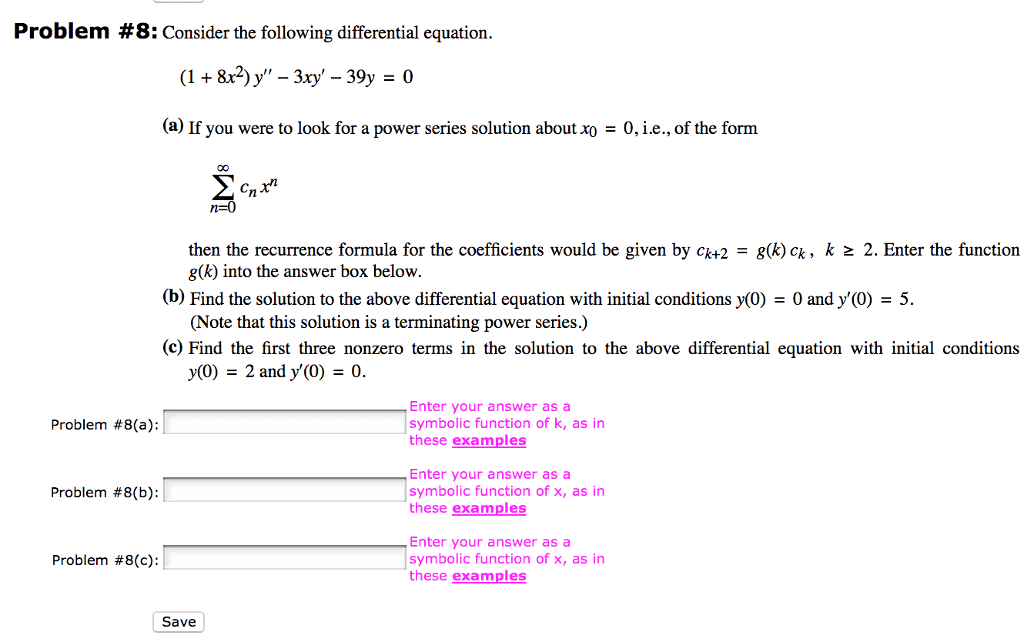MATH 1132Q Lecture 18: 11.10: Taylor Series

65
MATH 1132Q Full Course Notes
Verified Note
65 documents
Document Summary
In ch 11. 9 we were able to find power series representations for functions that had the form. Now, we will learn a technique to do this for more general functions! What we want is to be able to express a function as a power series: A few things to consider, if this power series were to exist: That is, when is the function actually equal to the power series. Given a function f(x) that is infinitely differentiable, let"s assume that it has a power. Let"s determine what the will need to be equal to (in terms of derivatives of f(x)) If a function f(x) has a power series representation (or expansion) at x=a, that is: If a=0, this series can sometimes have another name: Assuming (for now) that they exist, find the taylor series for each function centered at x=a (where a is specified) We must consider t wo things: (cid:12254) (cid:12254)


